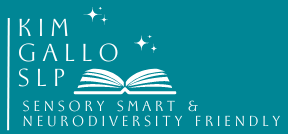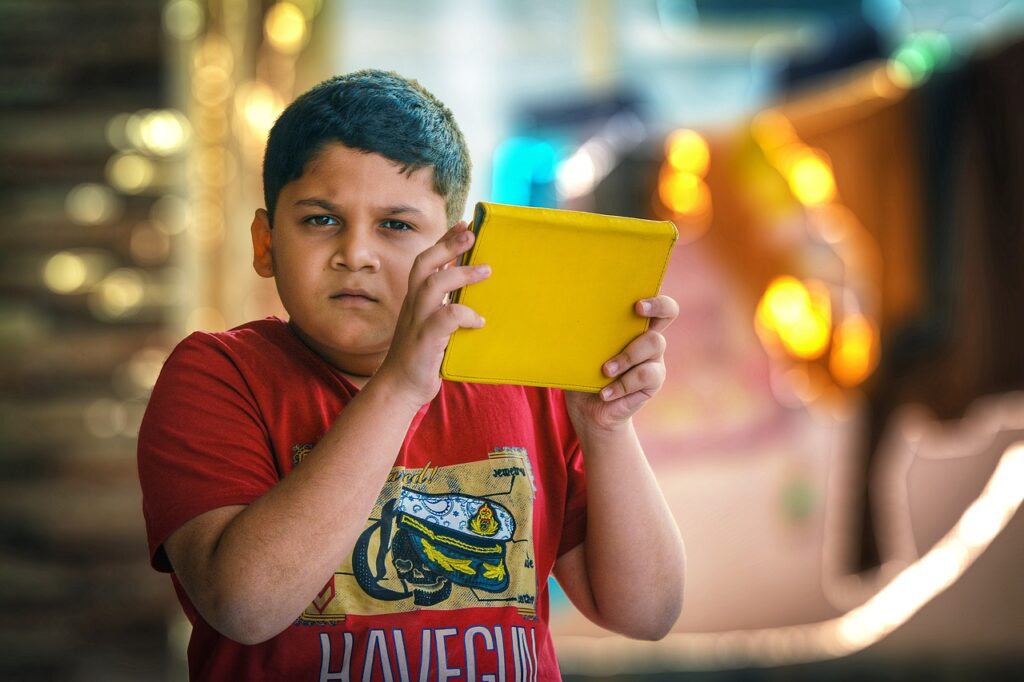Technology has become a powerful ally in my work as a speech-language pathologist, mainly when assisting autistic individuals in their communication journey. Augmentative and alternative communication devices (AAC), virtual reality (VR) therapy, wearable sensors, and mobile applications have opened new avenues of communication and support for autistic individuals.
AAC devices provide individuals with nonverbal or limited verbal communication abilities a means to express themselves. From basic picture-based communication boards to advanced speech-generating devices, AAC empowers individuals to communicate their wants, needs, thoughts, and emotions effectively.
Virtual reality therapy offers a safe and controlled environment for autistic individuals to practice social skills, navigate real-world scenarios, and manage sensory sensitivities. Through immersive experiences, VR therapy can help individuals generalize skills, build confidence, and reduce anxiety in real-life situations.
Wearable sensors and tracking devices enable us to gather valuable data on individuals’ physiological responses, such as heart rate and skin conductance, to understand their emotional states and sensory experiences better. This information allows us to tailor interventions and create sensory-friendly environments that support optimal functioning.
Mobile applications have also become powerful tools in our therapy sessions. Many apps are designed to improve language and communication skills, enhance social interactions, manage daily routines, and promote independent living. These apps engage autistic individuals in interactive and motivating ways, making therapy more enjoyable and effective.
As a Speech-Language Pathologist (SLP), I have witnessed firsthand the transformative power of Augmentative and Alternative Communication (AAC) for individuals with communication difficulties. AAC encompasses various tools and strategies that support individuals in expressing themselves effectively when traditional speech is challenging or inaccessible. One significant benefit of AAC is that it allows individuals to participate in social interactions, engage in meaningful conversations, and express their wants, needs, and thoughts. It enhances their overall communication skills, increases their confidence, and promotes greater independence, fostering a sense of inclusion and empowerment.
AAC encompasses a range of different types tailored to meet the unique needs of individuals. Some common types of AAC include unaided systems such as gestures, sign language, and facial expressions. These forms of AAC rely solely on the individual’s body and do not require external tools. On the other hand, aided systems involve the use of external tools or devices. This can include picture communication boards, symbol-based systems, or high-tech devices like speech-generating devices and tablets with specialized AAC applications. Selecting the most appropriate type of AAC depends on the individual’s abilities, preferences, and communication goals. Through careful assessment and collaboration with the individual, their families, and the multidisciplinary team, SLPs can determine the best fit, ensuring effective communication and promoting overall communication success.
Tips for Parents and Educators:
- Explore available technologies: Research and explore the range of technological tools and assistive devices available for autistic individuals. Consult with professionals to determine which devices or applications suit your child or student’s communication needs.
- Provide ongoing support: Offer guidance and training to parents and educators on effectively using technology and assistive devices to support communication and learning. Regularly assess the effectiveness of the technology and make adjustments as needed.
Encourage independence: Use technology as a tool to promote independence. Teach autistic individuals to use communication apps, schedule organizers, and other assistive technologies to enhance their daily living skills, self-advocacy, and social interactions.

